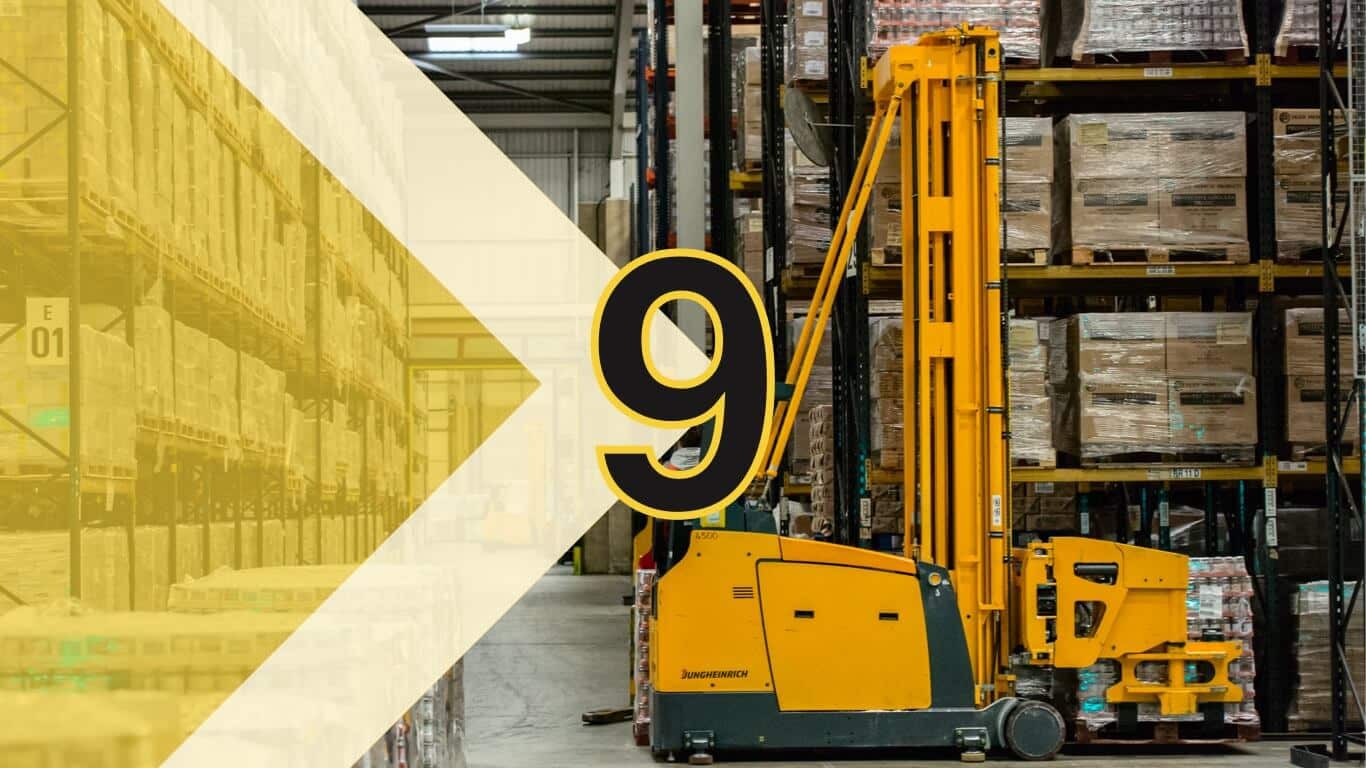Reducing hazards and preventing accidents within your workplace is a continuous process and something that should be integrated into your daily operations and corporate culture. In this article, we share nine insights for Safety Management Systems.
Maintaining, monitoring and improving workplace safety involves having a clear strategy. It cannot be left to chance or taken for granted. For this reason, all companies of all types and sizes need a customised Safety Management System (SMS).
It ensures that you meet your obligations to staff and site visitors, but it also impacts on your organisation’s performance and therefore its profitability.
So, here are nine things you need to know about Safety Management Systems.
1. Where to start designing a Safety Management System
Creating an appropriate and practical SMS for your organisation starts by understanding exactly what is involved. You also need to do a full and honest appraisal of all your potential risks, end to end and including all assets and locations.
2. It’s far more than a plan, procedure or policy
Some companies create a face value SMS, that plots out the basic safety measures if things go wrong. However, an authentic safety management system is far more complex and impacts on your daily risk-based decision making.
For instance, it should include the relative responsibilities of your entire team (see below), your communication processes, safety objectives and the ways you will ensure those are never overshadowed, neglected or diluted.
3. Key focus areas for SMS
To be this comprehensive and far-reaching, your Safety Management System must cover:
- Risk analysis – what particular hazards does your company face?
- Reporting procedures – how will safety issues be recorded and what will happen to the data?
- Risk management – how will accidents and incidents be prevented, but also what are the recovery and response procedures?
- Performance evaluation – in what ways are compliance and control measured, to ensure safety remains a priority and objectives are met?
- Quality and safety assurance – how are continuous improvement and responsive safety control supported in your organisation?
4. Tangible Safety Management System benefits
There’s a lot of work involved in creating an SMS and supporting it unremittingly. So, why bother?
The most obvious benefit is meeting your obligations to keep staff and site visitors safe. However, this will have the additional benefit of avoiding business interruption and H&S problems. It underpins your corporate reputation and shows you to be a caring employer, visibly carrying out due diligence and safety governance. It can also result in becoming more cost-effective, ‘lean’ and profitable.
5. Organising roles and responsibilities
To be effective, there needs to be a top-down commitment to your Safety Management System. All staff should be aware of the part they play, including an obligation to report safety concerns and incidents.
However, you also need a senior manager with overall responsibility for updating and upholding its principles. Someone with the authority to assign resources as required. There could also be a second tier of executives in charge of implementing and evaluating your Safety Management System within their sector.
6. How can you tell an organisation has an SMS?
A Safety Management System manifests itself not simply in an organisation’s record for everyday protection of employees.
It should also a focal point of the management structure and a ‘road map’ for daily operations. This ensures it will always run in tandem with the organisation’s continuous improvement and the SMS will always be end-to-end and entirely transparent.
7. When a Safety Management System is not engrained
The indicators that a Safety Management System is not sufficiently embedded include having a separate team responsible for safety, which divorces obligation from the remaining workforce. It can never be seen as an afterthought or a ‘chore’, nor can it be a way of responding to incidents after they have already happened!
8. Embedding an SMS
We’ve already referenced a lot of the layers and commitments required to create an authentic Safety Management System. It’s worth emphasising that it should build on existing safety and quality processes and policies. It should be central to your good practice, integrating seamlessly into other management functions and daily business controls.
9. SMS v QMS
Lastly in our guide to Safety Management Systems, it’s a fallacy to assume it’s the same as a Quality Management System. A QMS focuses on the standards you aspire to with regard to your product or service, and how your resources can be optimised to reach certain k ey quality measures. It largely pivots around conformity and a series of clear steps.
In contrast, an SMS focuses on perceived risks and how to maintain high safety standards and can cover unpredictable factors as well as your normal working practices.
However, the two are synergic and both vital.
Have you got an authentic, integrated Safety Management System, and what could be the cost if the answer is no?
